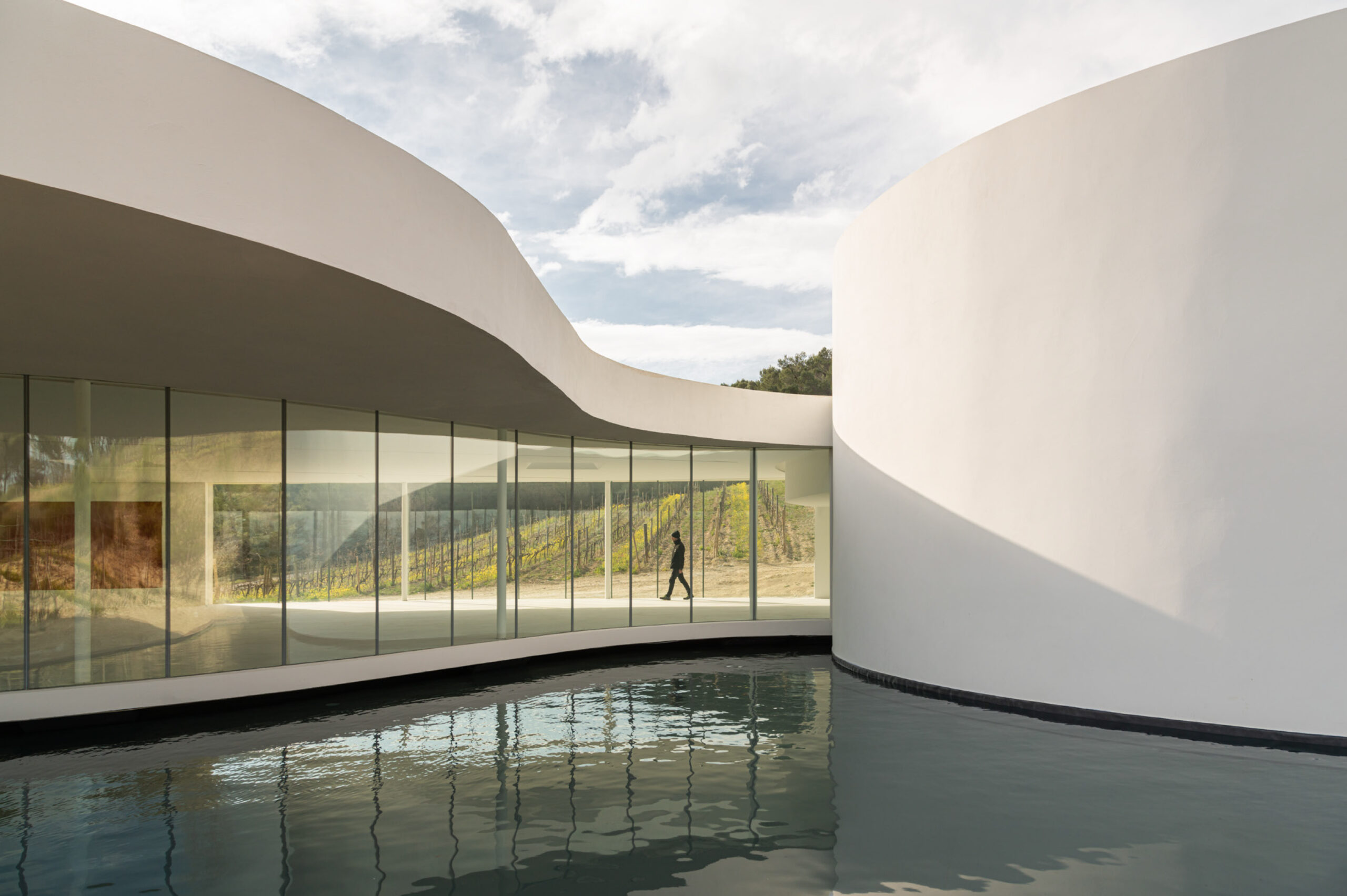On December 15th, we honor the legacy of Oscar Niemeyer, one of the most celebrated architects of the 20th century, whose visionary work continues to inspire generations. Born in 1907, his career spanned more than eight decades, marked by iconic designs that redefined modernist architecture and reshaped the skylines of cities worldwide.
Oscar Niemeyer pioneered modernist architecture, known for his designs that broke away from the rigid, straight lines characteristic of his contemporaries. He embraced curves as the essence of his creative expression, famously stating: “I am not attracted to straight angles or the straight line, hard and inflexible, created by man. What attracts me is the free and sensual curve – the curve that I find in the mountains of my country, in the sinuous course of its rivers, in the body of the beloved woman.” This philosophy translated into buildings that were as much works of art as they were functional structures.
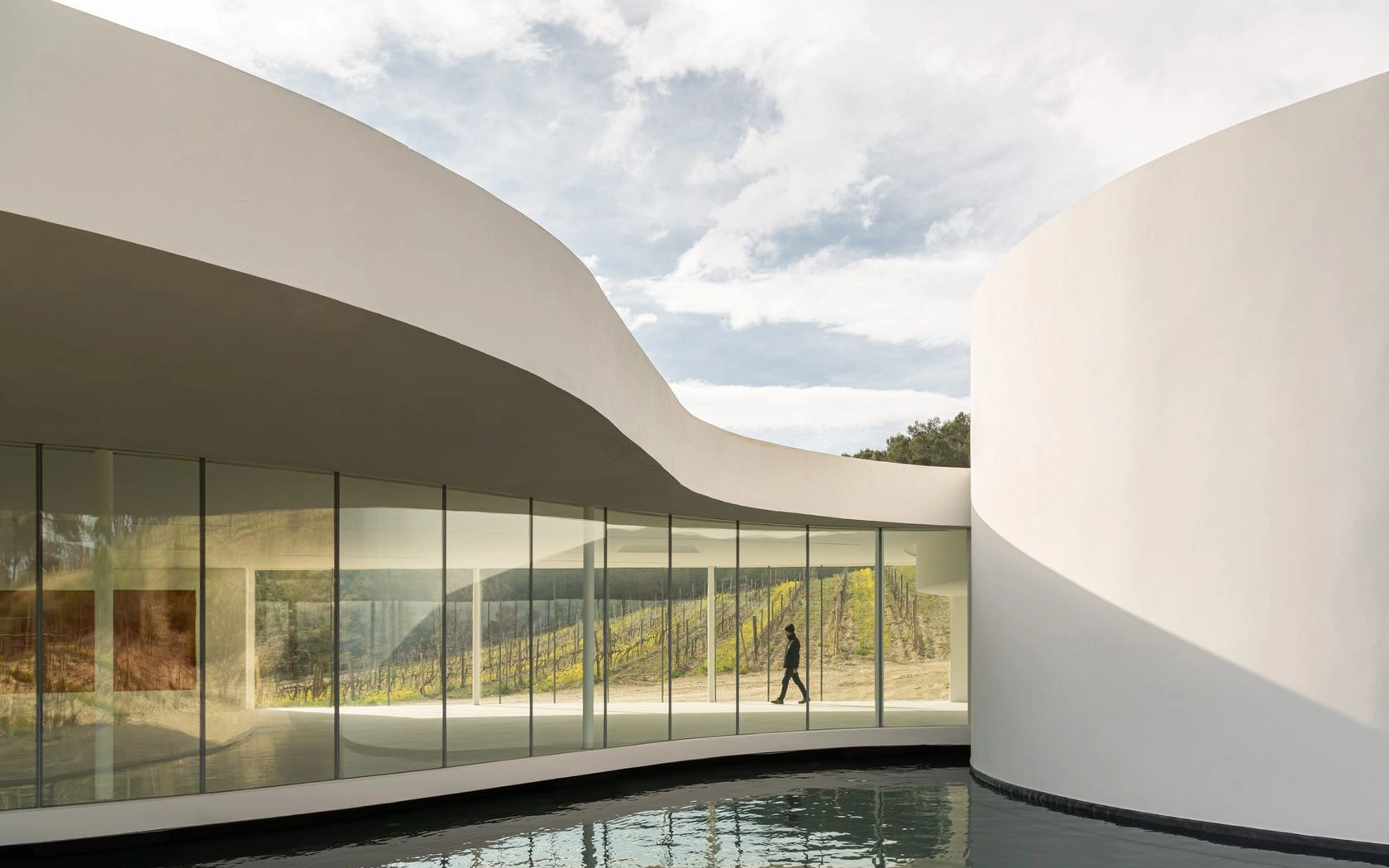
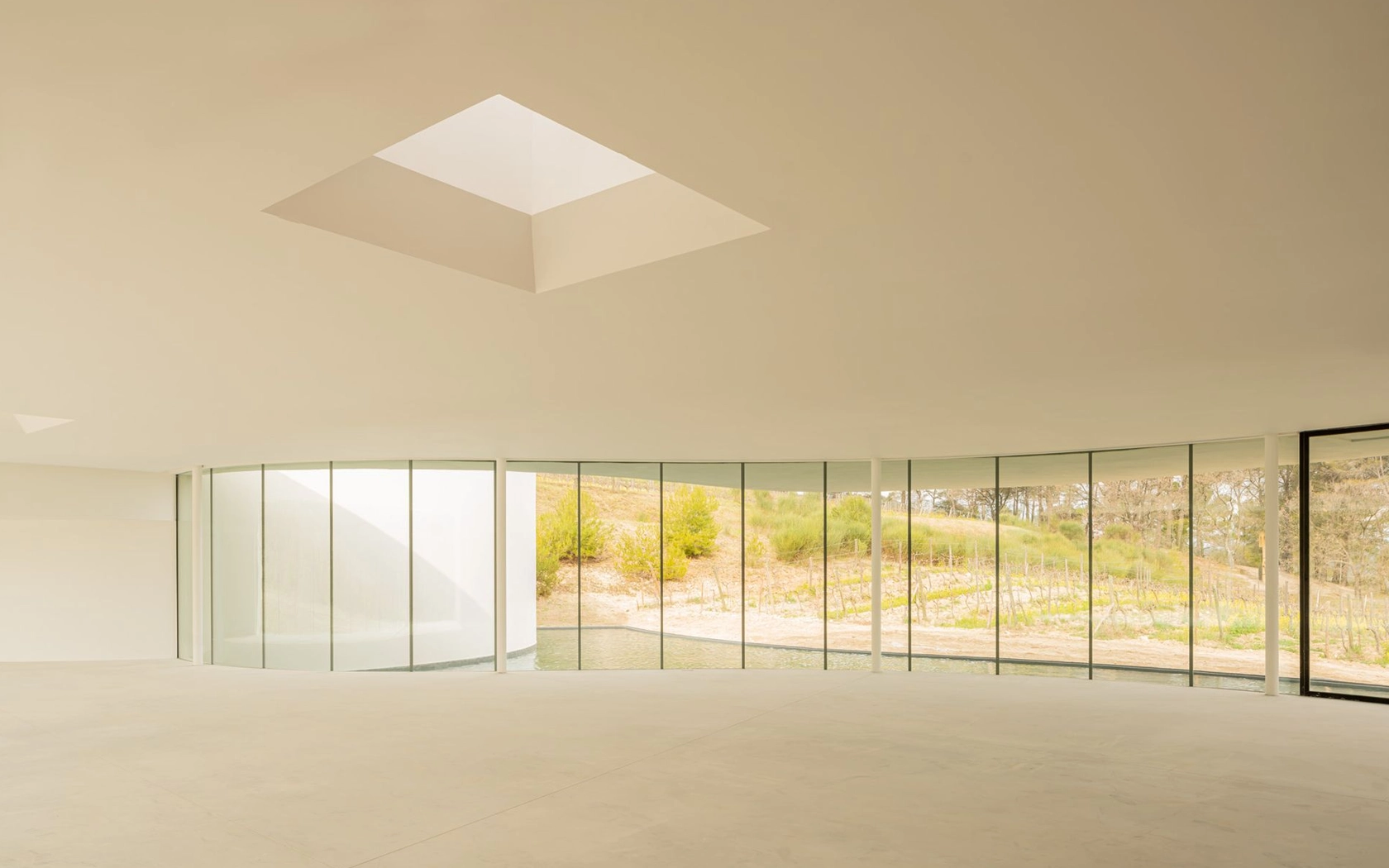

Oscar Niemeyer's final building / © WE ARE CONTENTS
Niemeyer’s most notable contribution to architecture was the design of Brasília, Brazil’s capital city, in collaboration with urban planner Lúcio Costa. Declared a UNESCO World Heritage Site, Brasília’s futuristic layout and Niemeyer’s striking buildings, such as the Palácio da Alvorada, the Cathedral of Brasília, and the National Congress, demonstrate his ability to merge form, function, and beauty.
While Niemeyer’s work is closely associated with Brazil, his influence extends far beyond its borders. He collaborated on designing the United Nations Headquarters in New York and created iconic structures in cities like Paris and Algiers. His global reach showcased that modernist architecture could be innovative and deeply human.
Niemeyer’s architecture represented an aesthetic revolution and reflected his political beliefs. A lifelong advocate for social equality and justice, he sought to design spaces that embodied these values. His commitment to social ideals made his work a celebration of form and a statement of hope and progress.
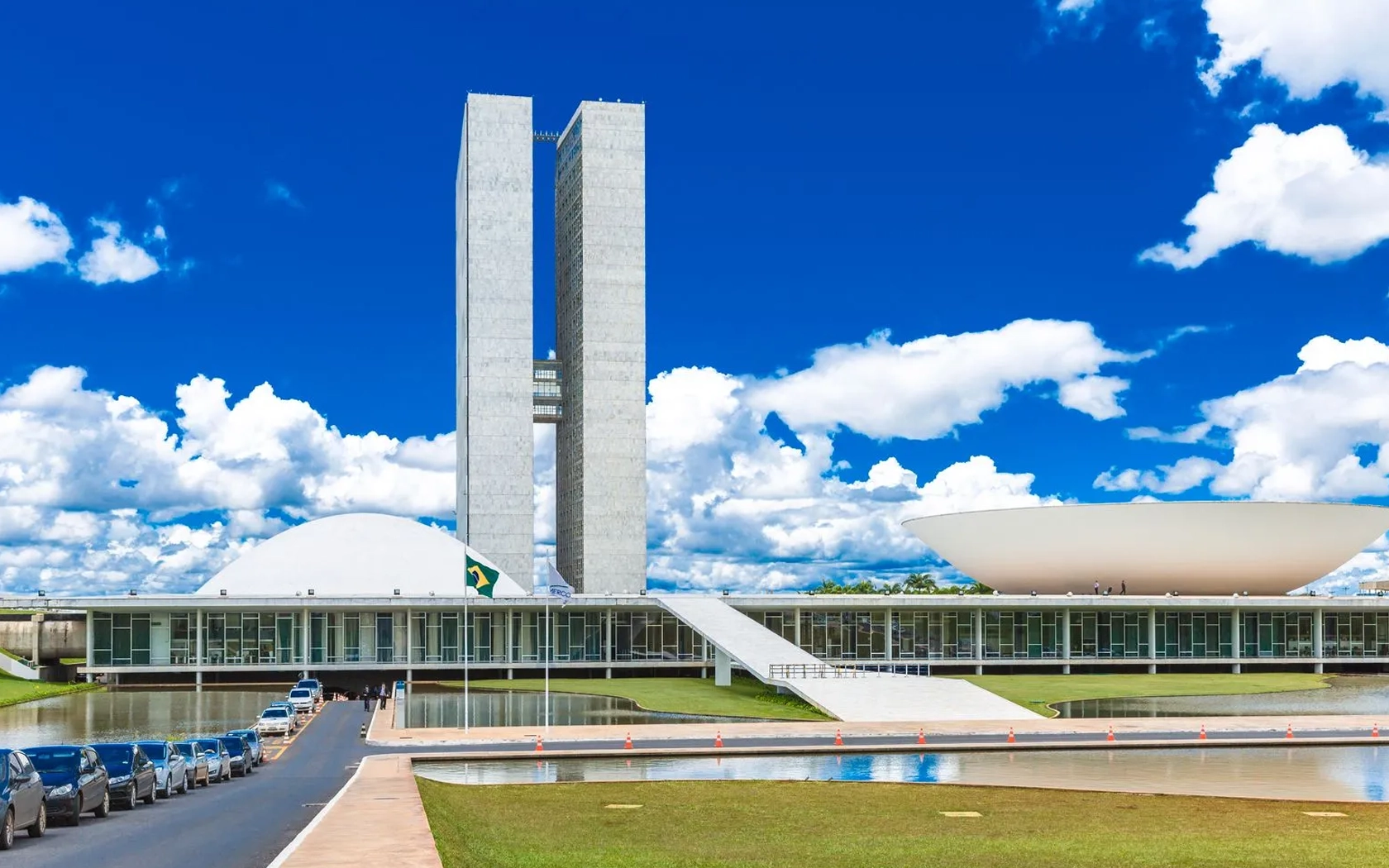
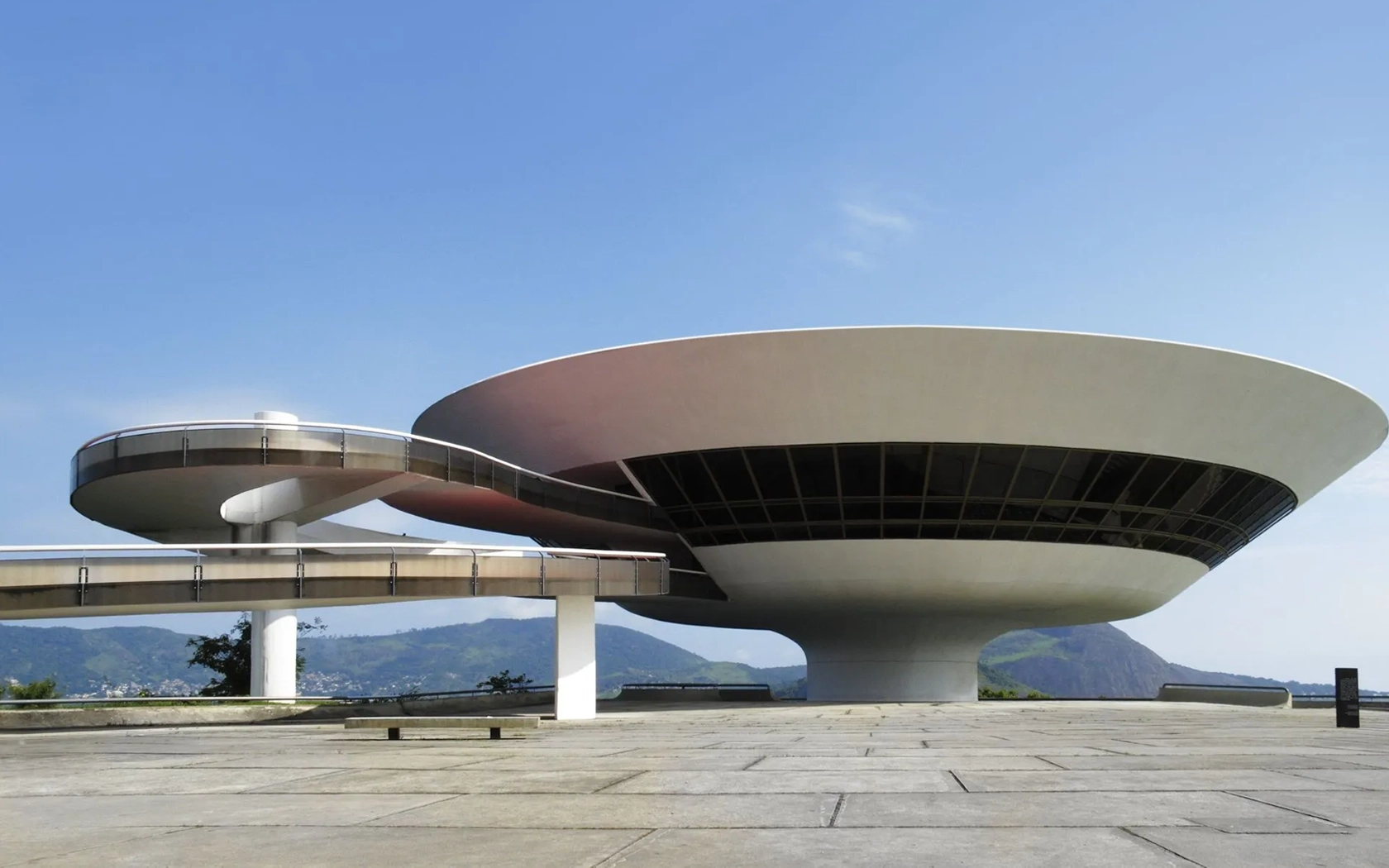
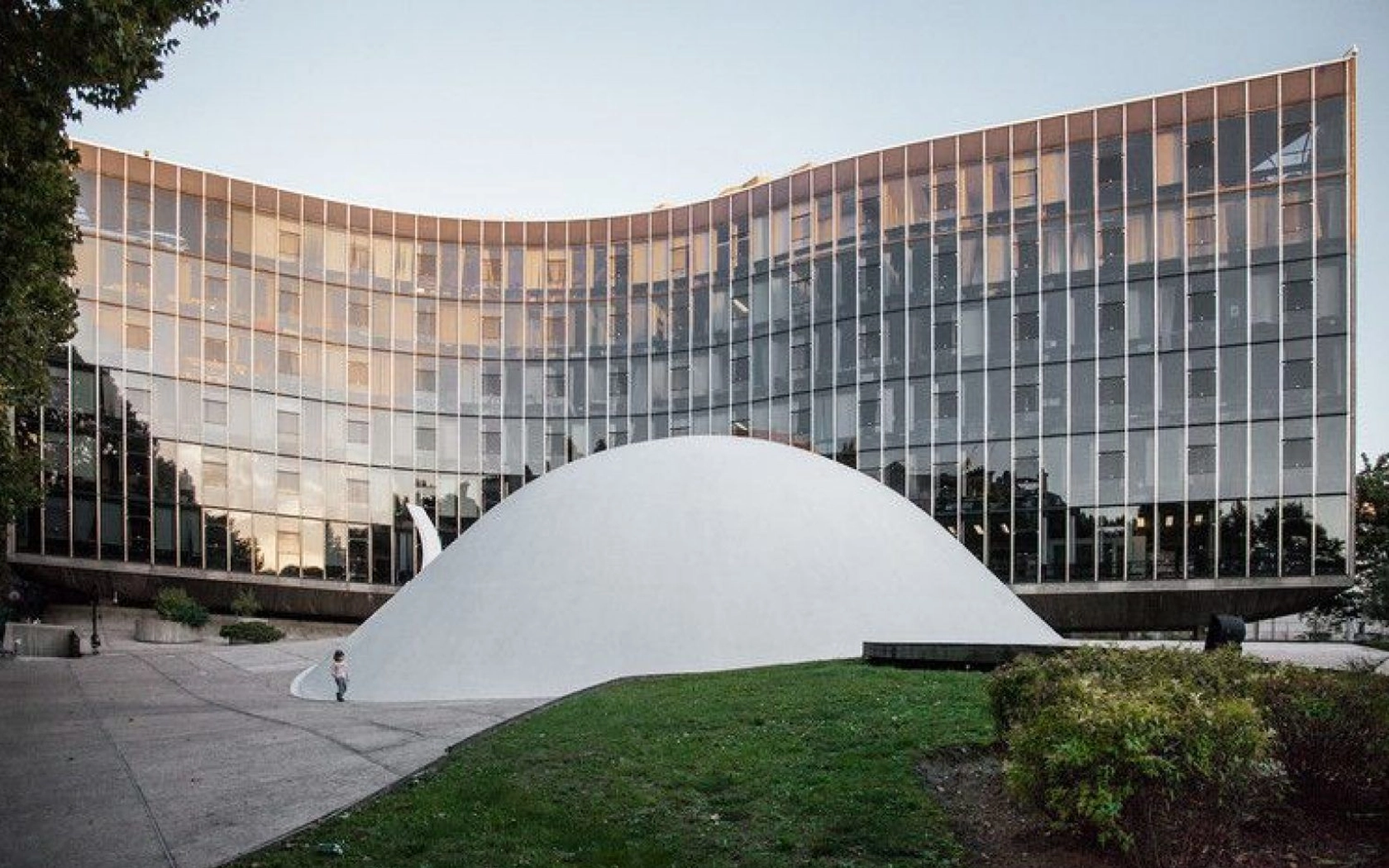
1. French Communist Party headquarters, Paris./ Courtesy of Oscar Niemeyer
2.. AD Classics: Niterói Contemporary Art Museum / Courtesy of Oscar Niemeyer
3. Brazilia National Congress / © Filipe Frazao
Oscar Niemeyer’s legacy endures in every structure he designed and every architect he inspired. His buildings, with their daring forms and poetic lines, continue to challenge and redefine the boundaries of architecture.
Today, we pay tribute to a master of curves, a dreamer of cities, and an eternal inspiration for all who dare to think differently.
